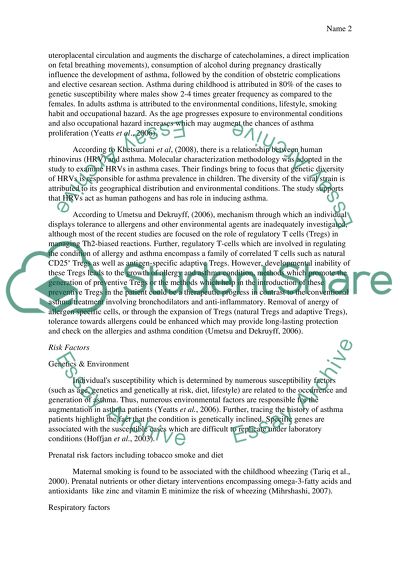Cite this document
(“Asthma Essay Example | Topics and Well Written Essays - 1500 words”, n.d.)
Asthma Essay Example | Topics and Well Written Essays - 1500 words. Retrieved from https://studentshare.org/biology/1496013-asthma
Asthma Essay Example | Topics and Well Written Essays - 1500 words. Retrieved from https://studentshare.org/biology/1496013-asthma
(Asthma Essay Example | Topics and Well Written Essays - 1500 Words)
Asthma Essay Example | Topics and Well Written Essays - 1500 Words. https://studentshare.org/biology/1496013-asthma.
Asthma Essay Example | Topics and Well Written Essays - 1500 Words. https://studentshare.org/biology/1496013-asthma.
“Asthma Essay Example | Topics and Well Written Essays - 1500 Words”, n.d. https://studentshare.org/biology/1496013-asthma.


